
Are you struggling to organize your thoughts and ideas for an upcoming presentation? Creating a presentation outline template can be a game-changer when it comes to delivering a clear and concise message to your audience.
In this comprehensive guide, we will walk you through the what, why, and how of creating a presentation outline template. We will also provide you with examples and tips for successful implementation. Let’s dive in!
What is a Presentation Outline Template?
A presentation outline template is a structured framework that helps you organize your content, key points, and supporting details for a presentation. It serves as a roadmap for your presentation, guiding you through the flow of information and ensuring that you cover all the necessary points.
Think of it as a skeleton that provides structure and coherence to your presentation.
Why Use a Presentation Outline Template?
There are several benefits to using a presentation outline template. Here are some reasons why you should consider incorporating this tool into your presentation preparation process:
- Clarity: A presentation outline template helps you clarify your thoughts and ideas, making it easier to communicate your message effectively.
- Organization: It helps you organize your content in a logical sequence, ensuring a smooth flow of information during your presentation.
- Time-saving: By creating a structured outline, you can save time during the presentation creation process as you already have a roadmap to follow.
- Engagement: A well-organized presentation is more engaging for your audience, keeping them interested and attentive throughout your talk.
- Accuracy: It helps you stay on track and cover all the key points you want to address, reducing the chances of missing important information.
Presentation Outline Template
Now that you understand the importance of using a presentation outline template, let’s explore how you can create one for your next presentation. Follow these steps to create an effective presentation outline template:
1. Define Your Objective
Start by clearly defining the objective of your presentation. What do you want to achieve? What message do you want to convey to your audience? Having a clear objective will help you focus your content and structure your outline accordingly.
2. Identify Your Audience
Consider who your audience is and what they are looking to gain from your presentation. Tailor your content to meet their needs and expectations, ensuring that your message resonates with them.
3. Plan Your Key Points
Brainstorm and outline the key points you want to cover in your presentation. These should be the main ideas or arguments that support your objective and engage your audience.
4. Create a Logical Flow
Arrange your key points in a logical sequence that flows naturally from one to the next. This will help you maintain coherence and keep your audience engaged throughout your presentation.
5. Develop Supporting Details
For each key point, include supporting details, examples, statistics, or anecdotes that reinforce your message. These details provide depth and credibility to your presentation.
6. Include Visual Aids
Consider incorporating visual aids such as slides, images, charts, or graphs to enhance the visual appeal of your presentation and reinforce your key points.
7. Practice and Refine
Once you have created your presentation outline template, practice delivering your presentation multiple times to ensure smooth delivery and identify areas for improvement. Refine your outline based on feedback and practice sessions.
Examples of Presentation Outline Templates
Here are some examples of presentation outline templates that you can use as a reference for creating your own:
- Introduction: Welcome and introduction of the topic
- Main Points: Key points to be covered in the presentation
- Supporting Details: Examples, statistics, and anecdotes to support key points
- Visual Aids: Slides, images, charts, or graphs to enhance the presentation
- Conclusion: Summary and closing remarks
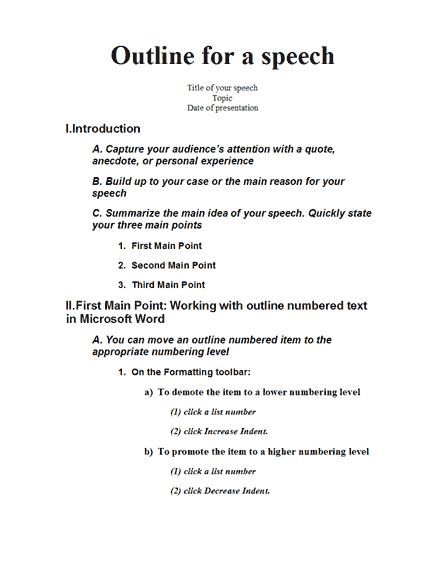
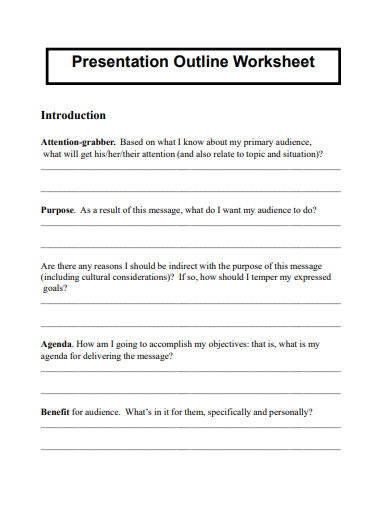

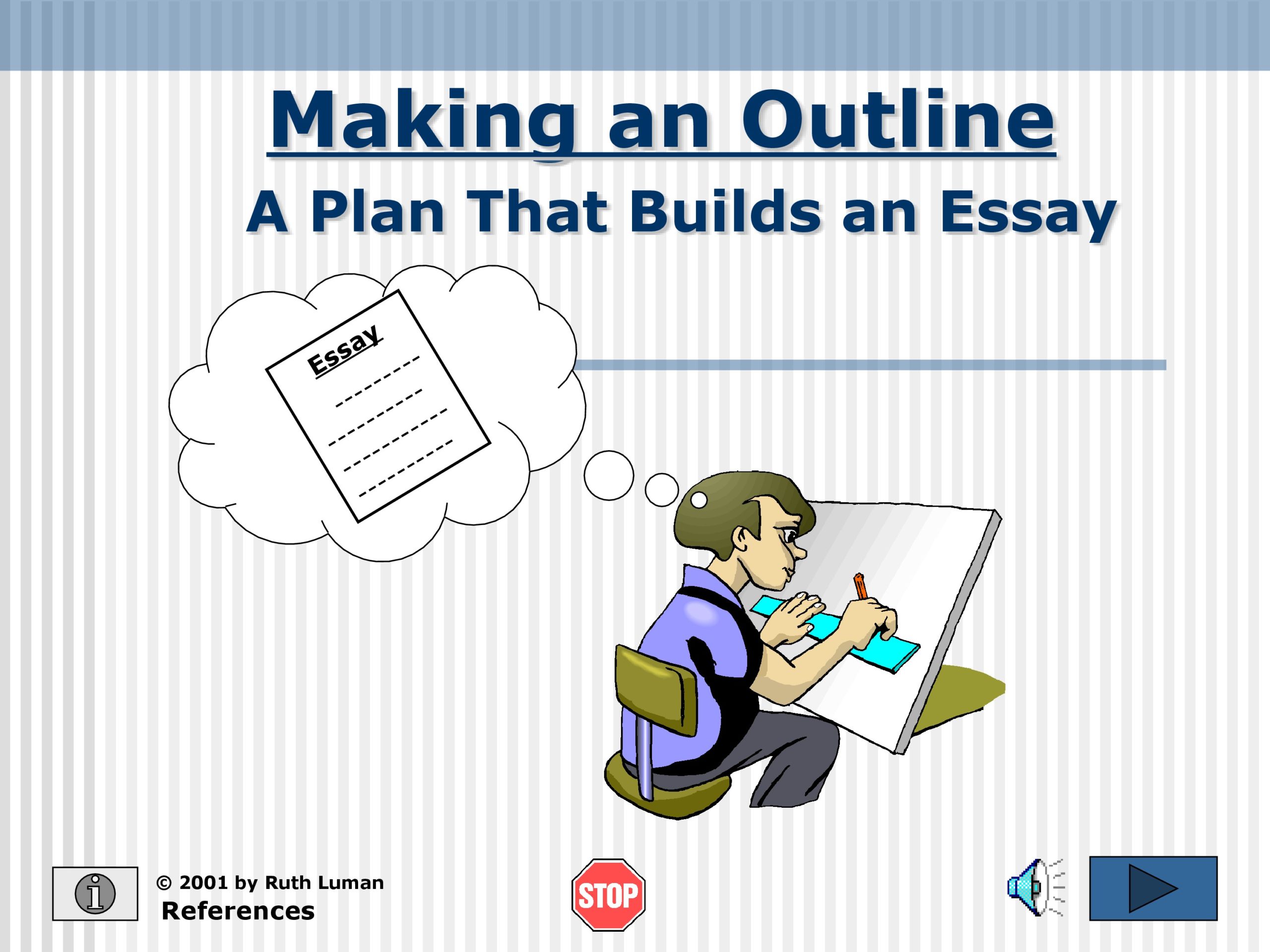

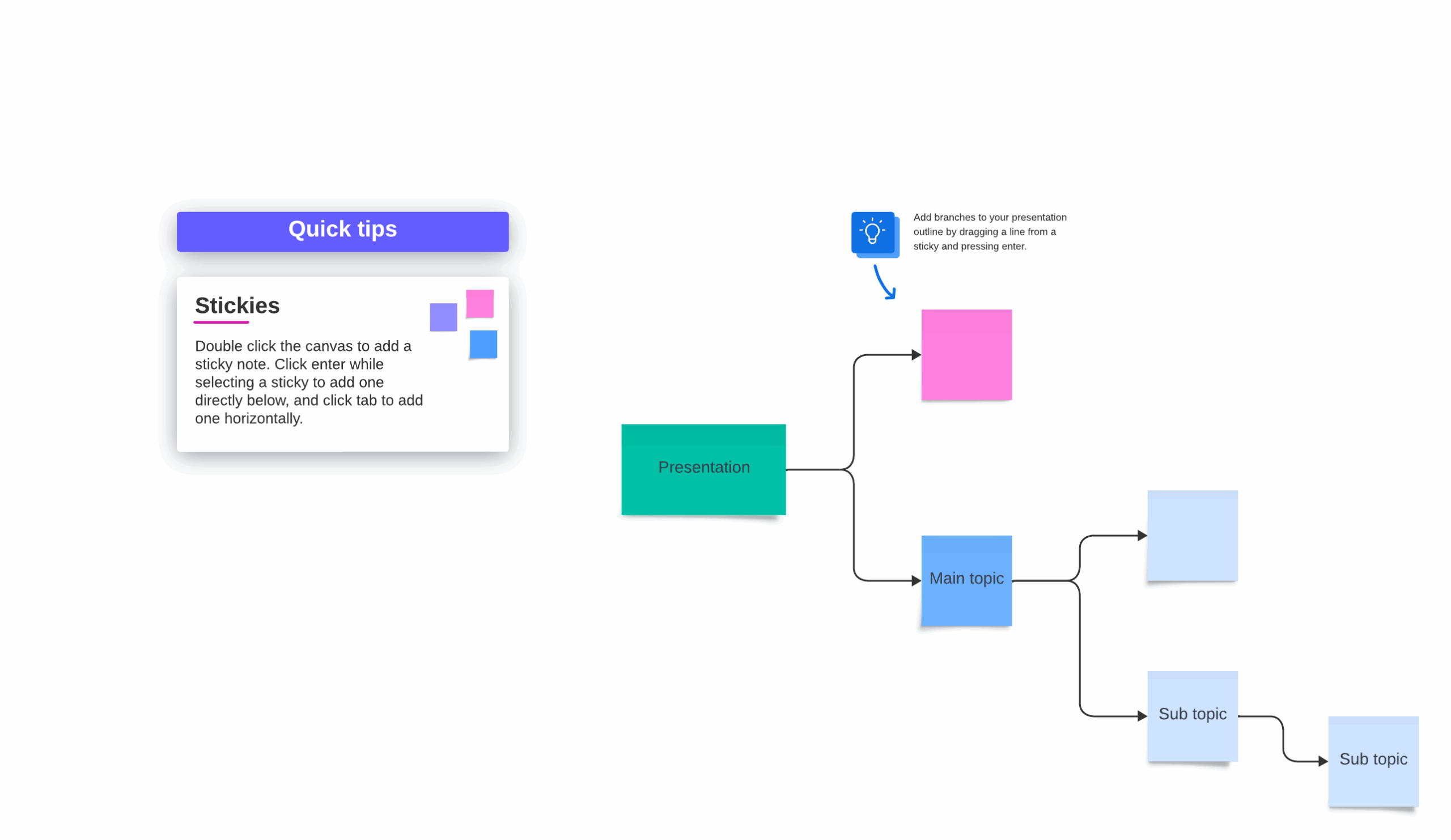
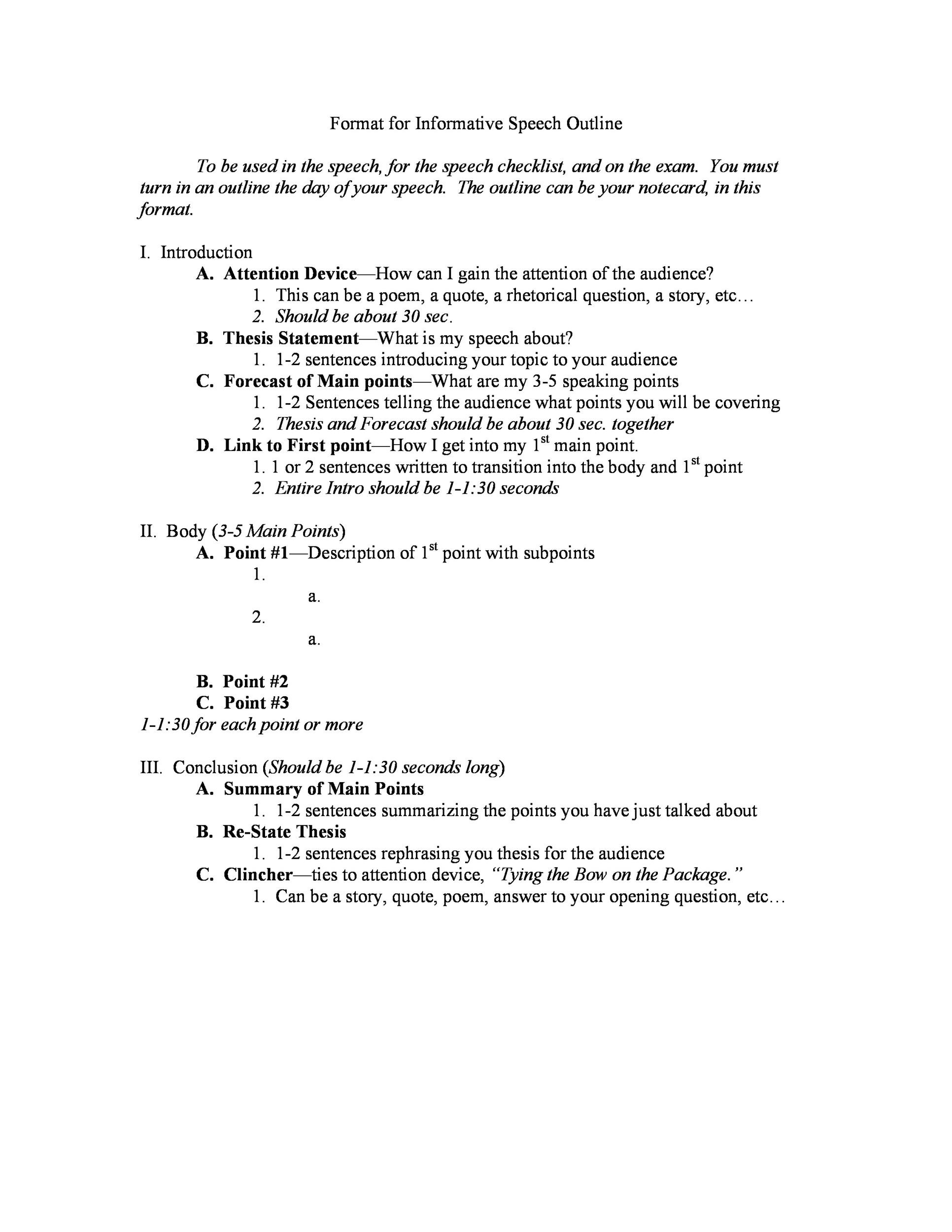
Tips for Successful Presentation Outline Templates
Here are some tips to help you create successful presentation outline templates:
- Keep it concise: Focus on including only the most important points in your outline to avoid overwhelming your audience.
- Use bullet points: Bullet points are an effective way to present information in a clear and organized manner.
- Practice: Practice delivering your presentation using the outline to ensure smooth delivery and a confident presentation.
- Solicit feedback: Seek feedback from colleagues or mentors to improve your outline and presentation delivery.
- Stay flexible: Be prepared to adapt your outline based on audience feedback or time constraints during the presentation.
- Engage your audience: Use storytelling, humor, or interactive elements to keep your audience engaged throughout the presentation.
- End with a call to action: Conclude your presentation with a clear call to action or next steps for your audience to take.
By following these tips and guidelines, you can create a compelling presentation outline template that will help you deliver a successful and impactful presentation. Remember to tailor your outline to meet the specific needs of your audience and stay focused on your objective throughout the presentation. With a well-organized outline in hand, you can confidently deliver your message and engage your audience effectively. Good luck!
Presentation Outline Template – Download